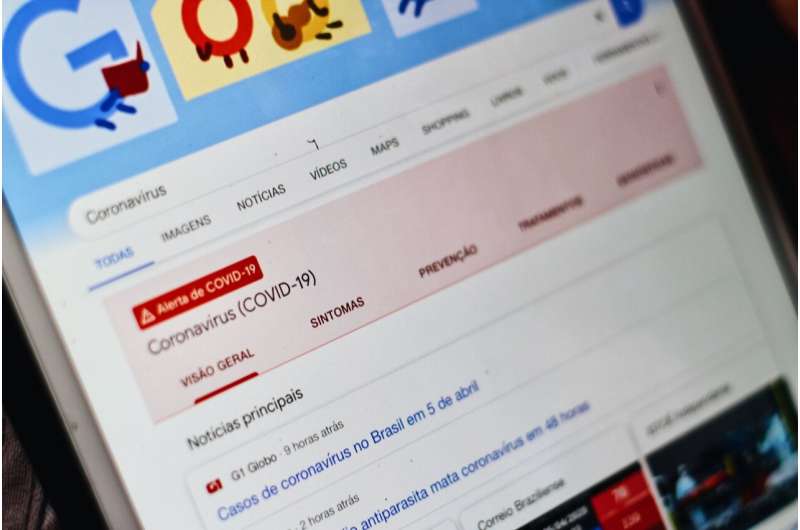
As we are all so very well aware now, a novel coronavirus, latter dubbed SARS-CoV-2, which causes a potentially lethal form of pneumonia as well as having other disparate and desperate effects, emerged in the Chinese city of Wuhan in late 2019. It spread rapidly during the following weeks despite efforts to control it, and a lack of early information and insight about its behavior and characteristics may well be to blame for its rise. It reached pandemic proportions at some point in the first quarter of 2020 at which point the World Health Organization officially declared the global COVID-19 pandemic.
It was well recognized that as far as the Western world was concerned, Italy was hit hardest and fastest, with the news media full of images of overcrowded hospitals and the tragic sight of coffins stacked high. New research in the International Journal of Computational Economics and Econometrics, looks at a technological aspect of the early dissemination of information regarding the spread of the virus in Italy as the pandemic was growing. The findings, concerning search trends at the time on Google, might help researchers better understand what happened in the early stages of this pandemic as it began to grow in Europe and perhaps offer insights that could help us defend ourselves better when the next lethal pathogen emerges.
Paolo Brunori of the London School of Economics, U.K., Giuliano Resce of the University of Molise in Campobasso, and Laura Serlenga of the Università degli Studi di Bari “Aldo Moro” in Bari, Italy, explain how difficult it was for the authorities to monitor the spread of the coronavirus in the pre-pandemic stages. There were no readily available test kits to allow people to check whether they were infectious or not at any given time. Moreover, official figures proved incredibly unreliable and perhaps delayed the implementation of social distancing, lockdowns, and quarantines. Indeed, the mode of transmission remained ambiguous and what restrictions and controls had been put in place in various places were not necessarily effective.
Source: Read Full Article
